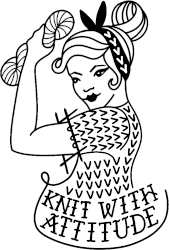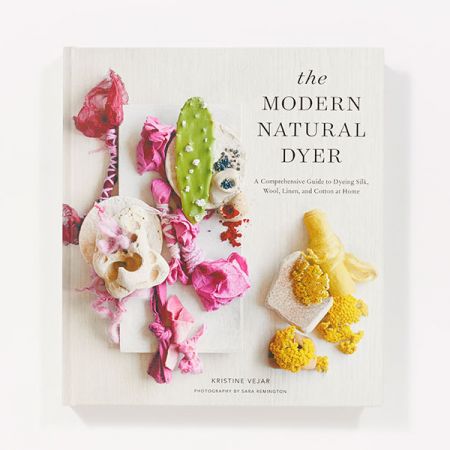Urban Foraging
With a desire to do some more natural dyeing I headed out on a foraging adventure looking for buddleia flowers which I have seen give an amazing yellow colour, I was not disappointed.


Taking a bag and a pair of scissors I took a walk along a pathway near me that runs along the back of some houses and alongside a railway track. Knowing buddleia's invasive nature and tendency to sprout in the most inhabitable places I knew I would find some here. I was rewarded by several large bushes. Taking a few flower heads from each bush to spread out my foraging I half filled my bag with the bright purple flowers.


Back home I dug out my dye pot that I use only for this purpose and filled it with water submersing the flower heads. I gently heated the pan of water until it came up to a simmer for half an hour (that's as long as my patience could wait). The resulting liquid was such a dark and surprising ochre colour that it was almost green. It was really soupy and quite bitty, I think possibly from all the pollen in the flowers. I decide to filter the dye through a coffee filter so it was clean and wouldn't coat the yarn I was about to dye in plant matter.
I use alum to mordant my yarn which makes the fibres more receptive to the dye colour. You can find all the steps to preparing yarn and dyeing with different materials in the book The Modern Natural Dyer by Kristine Vejar. It's a great resource for how to dye on different materials as well as the colours you can expect from a variety of common dyestuffs.


Dye filtered and yarn mordanted and soaked I was ready to dye. I couldn't believe how dark and rich my dye was so I was really excited. As soon as I dipped my yarn in it soaked up the colour. I left my yarn in pot and heated it up to a gentle simmer for half and hour and left it to cool for another half. After rinsing the excess dye I was left with the most amazing golden yellow yarn. Completely different from the purple flowers the dye was extracted from.
There looked like there was plenty of colour left in my dye so I wanted to try some more. Dying a second time with the same dye often yields a lighter colour which adds a nice tone to the original. My first dye was on a mystery skein of white yarn I found in my stash, I'm not quite sure what it was but it may have been a nylon blend. For the second dyeing I wanted to try something properly woolly. So I went for an undyed G-uld No.4 mini and a white Hélène Magnússon Gilitrutt. I was looking for something quite fine because I might try darning with them.
As the Gilitrutt was in a ball I used a swift to make it into a skein for dyeing and prepared them in the same way I did the first. I went though exactly the same process but let the yarn cool overnight in the dye pot.
The colour came out great and I am really pleased with them, they are slightly paler than the first but it is great to see how the dye looks on the white and grey base. I'm very pleased. If you are thinking of doing some dyeing yourself there are some great natural shades of yarn that would be ideal to dye with. It's easier to have it in a skein or hank but it's simple enough to create a skein if you have a yarn swift or the back of a chair, or a wonderfully named niddy noddy.
Above are just a few yarns that I have used or would use to experiment with.
Garthenor No3. - Any of these natural shades would be great giving you different results with the white and grey bases. Raincloud & Sage Nord - The white colour of this would give you a nice wool base. Similarly the off white of Tukuwool DK and Hillesvåg Sol. The Fibre Co Lore has some whites and greys that would also make a good base.




















I loved your post on natural yarn dying and amazed that purple buddleia turns into the most gorgeous yellow colour! Utterly inspired.
I started looking into natural yarn dying a few years ago but with a busy full-time I never got any further. Tempted to buy the book now. ..
Have a great weekend
Vicky